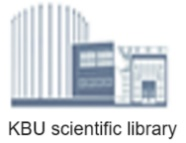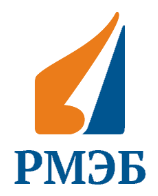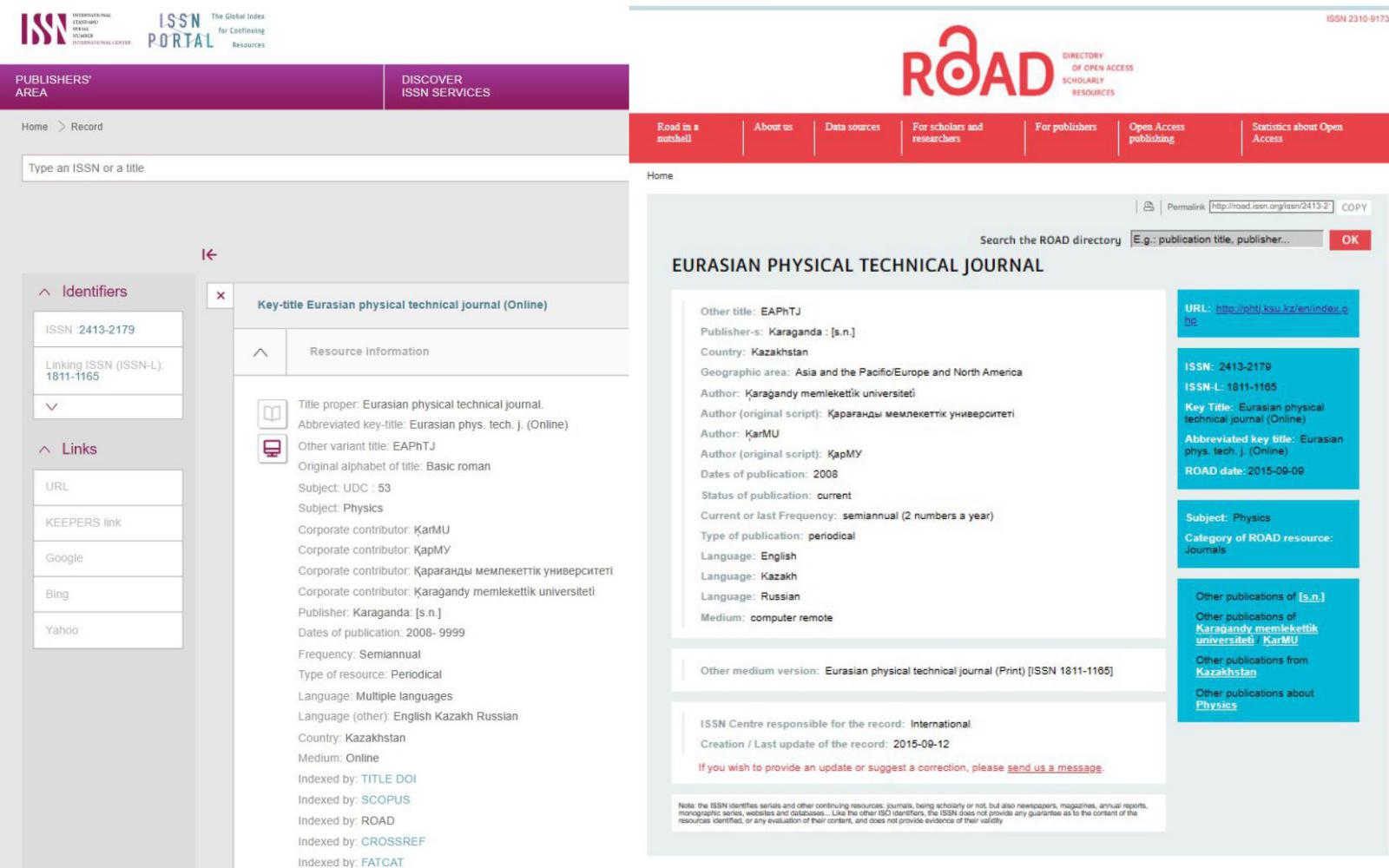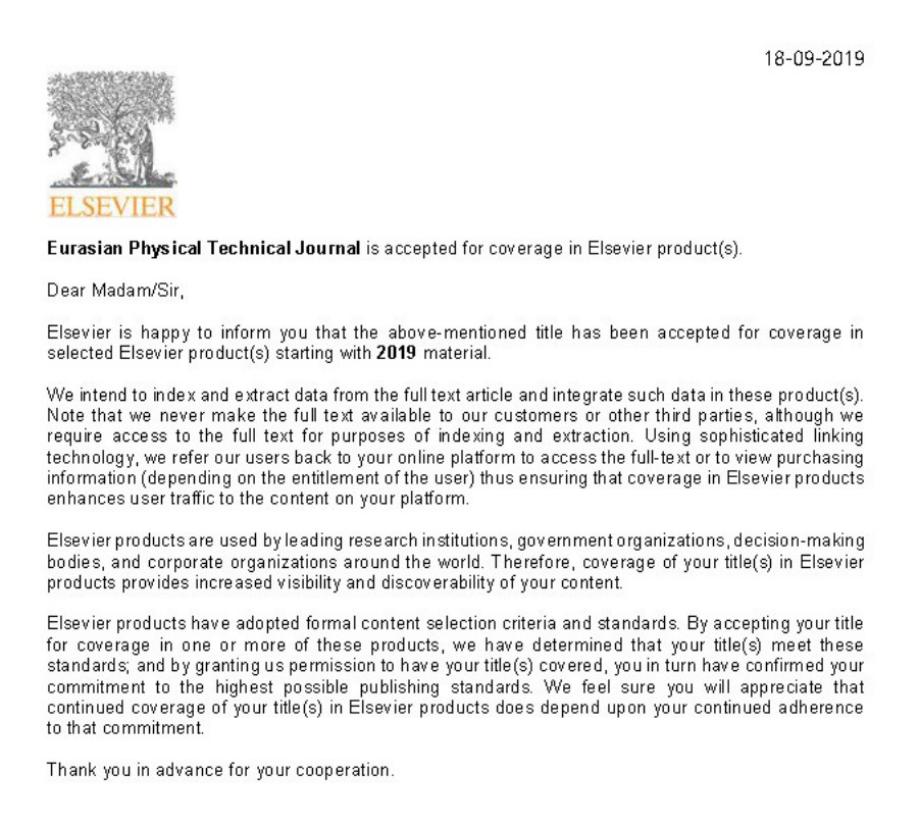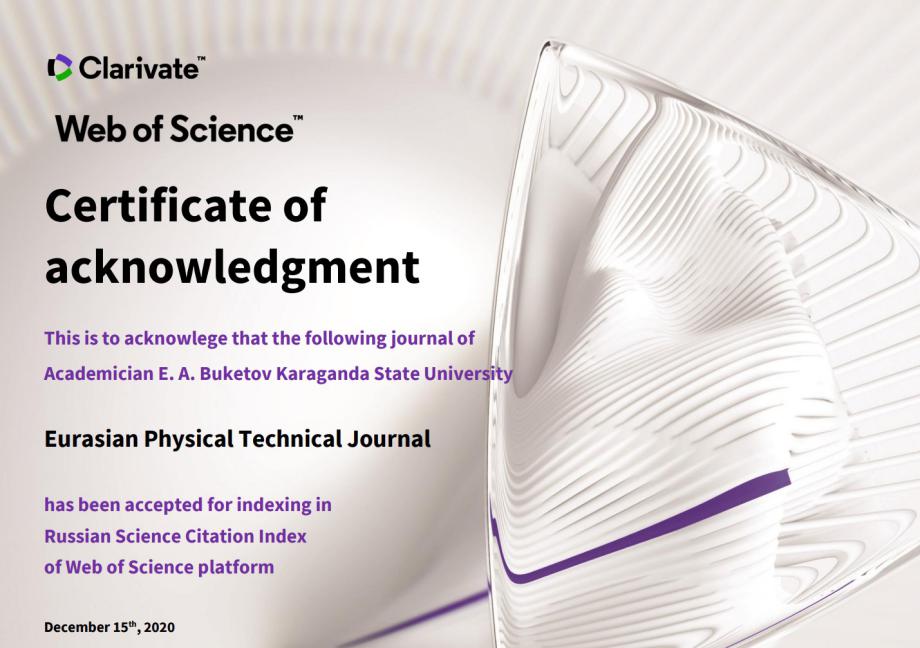Магналийдің коррозияға тізімділігін болжау.
DOI:
https://doi.org/10.31489/2025N2/97-108Кілт сөздер:
коррозия, алюминий-магний қорытпасы, магний, алюминий, текше ішкі жүйе, галогендер, кванттық химиялық есептеулерАңдатпа
Ұсынылған жұмыста теңіз суындағы магнийдің (AMg қорытпалары – алюминий-магний қорытпасы) беріктігі мен коррозия жылдамдығына әсер ететін факторлар зерттелді. Қанықпаған альфа-қатты ерітінділерде алюминий құрылымындағы магнийдің негізгі түрі алюминий ұяшықтарындағы орторомбты ішкі жүйесінің бөлігі болып табылатын Mg2Al4 электрондық қосылысы болып табылатыны көрсетілген. Есептеу көрсеткендей, алюминий ұяшықтарында орторомбты ішкі жүйе ретінде Mg2Al4 тобы неғұрлым көп болса, соғұрлым бұл қорытпалардың беріктігі жоғары болады. PM3 әдісі құрамында Mg2Al4 тобы бар алюминий ұяшықтары мен таза алюминий ұяшықтарының галоген иондарымен жойылу механизмін анықтау үшін қолданылды. Ұяшықтардың екі түрінің де жойылуы бірдей сценарий бойынша, теңіз суымен шектесетін ұяшықтарының жоғарғы жағындағы орталық атомның галоген иондары арқылы ажырауы арқылы жүреді. Теңіз суында құрамында Mg2Al4 тобы бар алюминий элементтерінің коррозия жылдамдығы таза алюминий элементтерінің коррозия жылдамдығынан жоғары екені дәлелденді. Теңіз суындағы магнийдің төмен массалық үлесі (3,5% қоса алғанда магний) бар магнийдің коррозия жылдамдығының өзгеруін есептеуге мүмкіндік беретін математикалық модель әзірленді. Модель негізгі легирлеуші элементтердің (Mg, Cr, Mn, Zn, Ti, Cu) массалық үлесінің коррозия жылдамдығына әсерінің өзгеруін есепке алуға мүмкіндік береді. Алюминий қорытпасының үш нұсқасы үшін теңіз суындағы коррозия жылдамдығының өзгеруі осы модель арқылы есептелді. Алюминий-магний қорытпасының бұл нұсқаларына легірлеуші элементтердің Cr және Mn мөлшерінің жоғарылауымен 2,6 масса% құрайтын магний кіреді.
References
Polmear J.I. (1996) Recent developments in light alloys. J. Mat. Transactions, JIM, 37, 1, 12–31. https://doi.org/10.2320/matertrans1989.37.12 DOI: https://doi.org/10.2320/matertrans1989.37.12
Zhu Q., Abdob M.F., Talamantes-Silva J., Sellars C.M., Linkens D.A., Beynon J.H. (2003) Hybrid modelling of aluminium-magnesium alloys during thermomechanical processing in terms of physically-based, neuro-fuzzy and finite element models. J. Acta Materialia. 51, 17, 5051 – 5062. https://doi.org/10.1016/S1359-6454(03)00353-7 DOI: https://doi.org/10.1016/S1359-6454(03)00353-7
Zhang L., Lin D.-Y., Wang H., Car R., Weinan E. (2019) Active learning of uniformly accurate interatomic potentials for materials simulation. Phys. Rev. Mater., 3, I.2, 023804(9) https://doi.org/10.1103/PhysRev Materials.3.023804 DOI: https://doi.org/10.1103/PhysRevMaterials.3.023804
Erkmen J., Hamamci B., Aydin A. (2024). Examining the corrosion behavior of 6061-T6 al alloy inside seawater with decorative gold- and silver-color coating. Gazi University J. of Science, 37, 2, 953 – 967. https://doi.org/10.35378/ gujs.1219180 DOI: https://doi.org/10.35378/gujs.1219180
Lim M.L.C., Kelly R.G., Scully J.R. (2015) Overview of intergranular corrosion mechanism, phenomenological observations, and modeling of AA5083. J. Mat. Science., 72, .2, 198-220. https://doi.org/10.5006/1818 DOI: https://doi.org/10.5006/1818
Lim J., Jeong G., Seo K., Lim J., Park S., Ju W., Janani G., Lee D., Kim J., Han M., Kim T., Park S., Cho H., Sim U. (2022) Controlled optimization of Mg and Zn in Al alloys for improved corrosion resistance via uniform corrosion. J. Mat. Adv., 3. 4813 – 4823. https://doi.org/10.1039/D1MA01220G DOI: https://doi.org/10.1039/D1MA01220G
Verissimo N.C., Freitas E.S., Cheung N., Garcia A., Osóri W.R. (2017) The effects of Zn segregation and microstructure length scale on the corrosion behavior of a directionally solidified Mg-25 wt.%Zn alloy. J. of Alloys and Compounds, 723, 649 – 660. http://dx.doi.org/10.1016/j.jallcom.2017.06.199 DOI: https://doi.org/10.1016/j.jallcom.2017.06.199
Kim Y., Park J., An B., Lee Y., Yang Ch., Kim J. (2018) Investigation of zirconium effect on the corrosion resistance of aluminum alloy using electrochemical methods and numerical simulation in an acidified synthetic sea salt solution. J. Mat., 11, I.10, 982. https://doi.o1rg/10.3390/ma11101982 DOI: https://doi.org/10.3390/ma11101982
Wolverton C. (2001) Crystal structure and stability of complex precipitate phases in Al-Cu-Mg-(Si) an Al-Zn-Mg alloys. J. Acta Materialia, 49, 16, 3129 – 3142. https://doi.org/10.1016/S1359-6454(01)00229-4 DOI: https://doi.org/10.1016/S1359-6454(01)00229-4
Stewaet J.P. (1989) Optimization of parameters for semiempirical methods 2. 1989. Applications J. Computational Chemistry, 10(2), 221-264. https://doi.org/10.1002/jcc.540100209 DOI: https://doi.org/10.1002/jcc.540100209
Bokiya G.B. (1971) Crystallochemistry, Institute of Radio Engineering and Electronics. USSR Academy of Sciences, Moscow. Available at: https://cat.libnvkz.ru/CGI/irbis64r_14/cgiirbis_64.exe?LNG=&Z21ID=&I21DBN [in Russian]
Kvasov F.I., Fridlyander I.N. (1982) Industrial aluminium alloys: reference book, Metallurgiya, Moscow. Available at: https://i.twirpx.link/file/1686114/ [in Russian]
Shepelevich V.G. (2007) Structure of rapidly solidified foils of AMg6 alloy. Bulletin of P.O. Sukhoi State Technical University, 28, 12 – 16. Available at: http://elib.gstu.by/handle/220612/9923 [in Russian]
Golovkin P.A. (2022) About the factor of quantitative content of intermetallic phases in the nature of destruction of AMg6 alloy open forgings. Technol. Light Alloys, 2, 5 – 19. Available at: https://doi.org/10.24412/0321-4664-2022-2-15-19
GOST 4784-2019. Aluminium and wrought aluminium alloys. Grades (State Standard 4784-2019). Publishing House of Standards, Moscow. Available at: https://files.stroyinf.ru/Data2/1/4293728/4293728395.pdf?ysclid =m2sxpac9co349327183
Kolachev B.A., Livanov V.A., Elagin V.I. (1972) Metallurgy and heat treatment of non-ferrous metals and alloys. Metallurgy, Moscow. Available at: https://techlibrary.ru/b2/2s1p1m1a1y1f1c_2i.2h.,_2m1m1a11j1o [in Russian]
Berdibekov A.T., Khalenov O.S., Zinoviev L.A., Laurynas V.Ch., Gruzin, V.V., Dolya, A.V. (2023) Reason of corrosion of aluminium products in seawater. Eurasian phys. tech. j., 20, 3(45), 20–26. https://doi.org/10.31489/ 2023No3/20-26 DOI: https://doi.org/10.31489/2023No3/20-26
Sinyavskiy V.S., Valkov V.D., Budov G.M. (1979) Corrosion and protection of aluminium alloys. Metallurgiya, Moscow. Available at: https://echemistry.ru/literatura/korroziya/korroziya-i-zashhita-alyuminievyh-splavov.html
Baikenov M.I., Seldyugaev O., Guchenko S.A., Afanasyev D.A. (2024) Reason of pitting corrosion of martensitic steel in seawater. Eurasian phys. tech. j., 21, 1(47), 38–48. https://doi.org/10.31489/2024No1/38-48 DOI: https://doi.org/10.31489/2024No1/38-48
Song Ch.-R., Dong B.-X., Zhang S.-Y., Yang H.-Y., Liu L., Kang J., Meng J., Luo Ch.-J., Wang Ch.-G., Cao K., Qiao J., Shu Sh.-L., Zhu M., Qiu F., Jiang Q.-Ch. (2024) Recent progress of Al–Mg alloys: Forming and preparation process, microstructure manipulation and application. J. of Materials Research and Technology, 31, 3255 - 3286. https://doi.org/10.1016/j.jmrt.2024.07.051 DOI: https://doi.org/10.1016/j.jmrt.2024.07.051
Shakhnazarov T.A., Takhtarova Yu.A. (2008) Russian patent. Method of alloying with chrome. Available at: https://patenton.ru/patent/RU2324753C2?ysclid=m4gwqsw68m972534492
Downloads
Жарияланды
How to Cite
Журналдың саны
Бөлім
License

This work is licensed under a Creative Commons Attribution-NonCommercial-NoDerivatives 4.0 International License.


